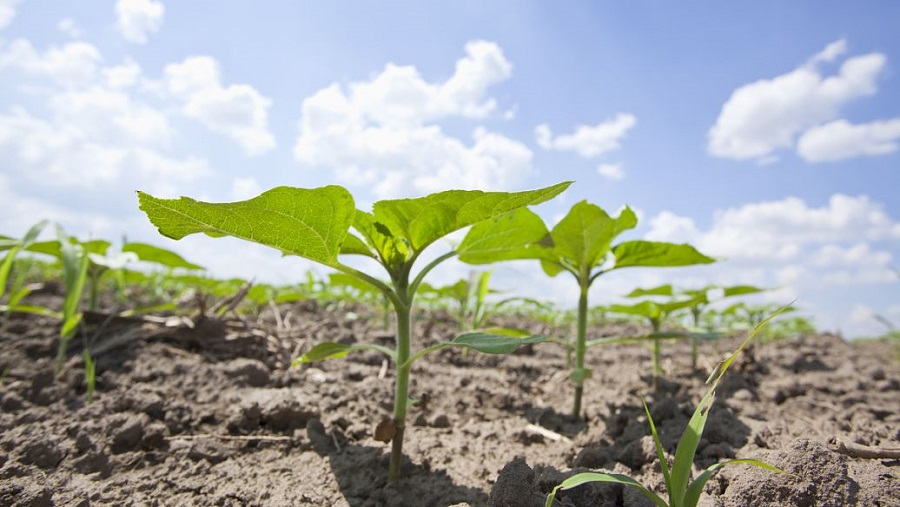The agricultural sector is under tremendous pressure in the face of explosive growth in the world’s population, dwindling arable land and natural resources, and increasingly severe climate events. To increase yields while minimizing resource use, farmers around the world are turning to the Internet of Things (IoT) and precision farming practices.
Challenges facing agriculture
In addition to weather factors, soil fertility, temperature and moisture content also play a vital role in crop health. Plant growth is largely governed by water and nutrients, both of which are largely determined by the soil. Understanding the supply of these resources is critical to managing soil-plant systems to optimize plant growth and minimize resource use. However, most farmers with small plots of land do not have the ability to monitor soil quality. They have no way of knowing whether the soil has the right pH, whether there is enough moisture in the soil, and whether the temperature of the soil will allow the moisture content to be maintained until the next irrigation cycle. Since they cannot monitor these features on the land, they have difficulty maintaining these values at ideal levels.

Since farmers have no way to monitor and change these values, the crops they grow not only produce less than ideal yields, but are also often nutritionally deficient. Lack of monitoring also leads to wastage of resources and even damage to crops through over-irrigation or over-fertilization. In the long term, this harms not only the economic prospects of farmers, but also the health of consumers.
Benefits of leveraging IoT for soil monitoring
By embedding IoT sensors in agricultural soil, farmers can monitor the moisture content of the soil in real time and understand its chemical composition around the clock. These devices can automatically notify farmers when the moisture content in the soil or the content of nitrogen, potassium, phosphorus, sulfur and other elements reaches undesirable values. By monitoring this data, they can restore these levels to necessary values through the use of appropriate chemicals. Additionally, farmers can know when to water their crops and how much to water to prevent wastage of water. Therefore, they ensure that crops, from sowing to harvest, are grown in perfect soil conditions. To make these soil properties easier to monitor, soil health monitoring and recommendation systems can be synchronized with smartphones.
Therefore, using IoT for soil monitoring can bring immeasurable benefits to farmers. However, this technology may not have the desired impact in less developed and developing regions where farmers are neither technologically savvy nor knowledgeable about soil chemistry. Therefore, before implementing IoT smart agriculture in such areas, it is crucial to first popularize and support these farmers.